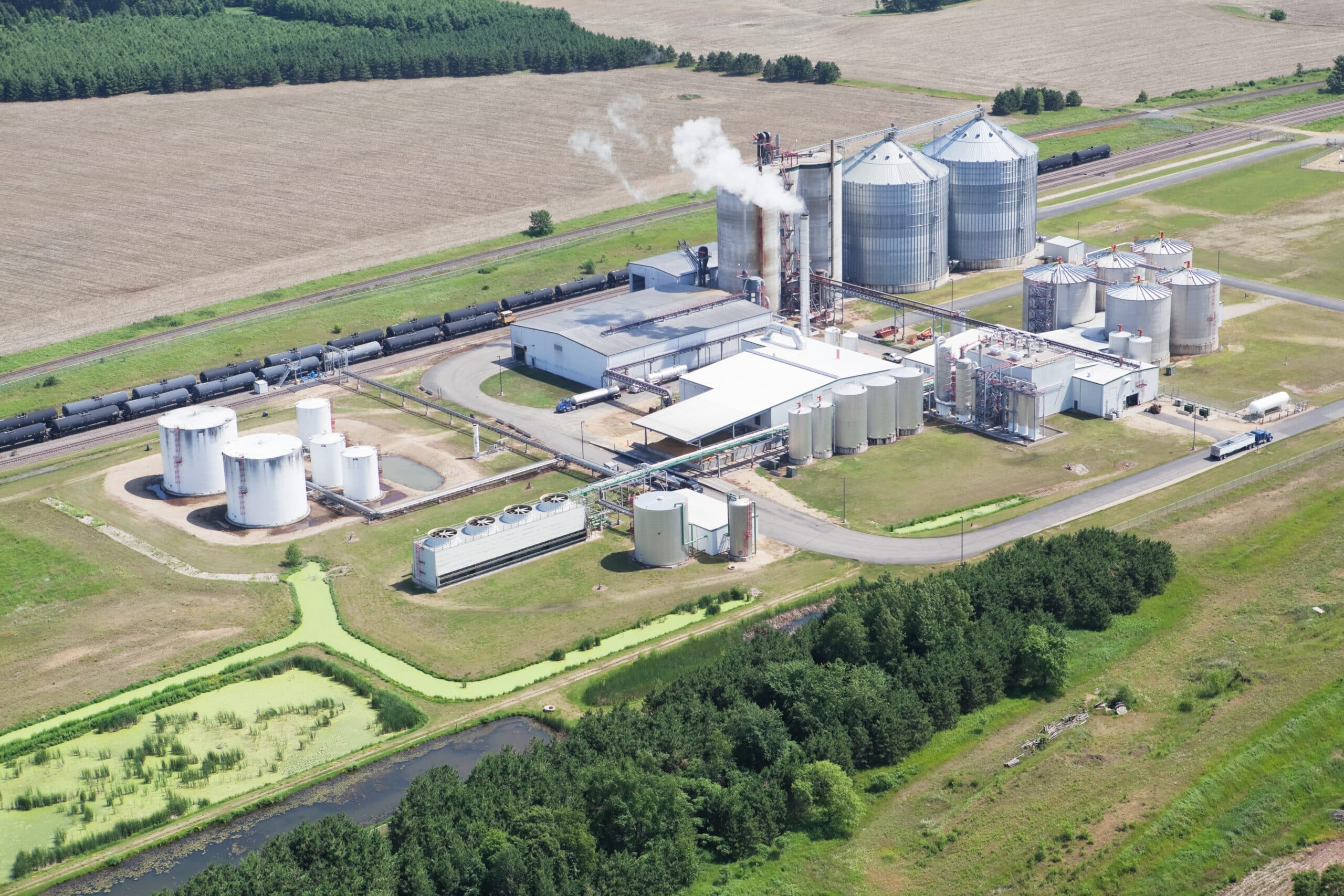Crushing Creates Opportunity
As the demand for soybean oil continues to grow, soybean crush capacity in the United States is expected to expand as much as 30% over the next three years. This expansion is primarily driven by the increasing use of renewable fuels, particularly biodiesel and sustainable aviation fuel, especially as the U.S. Environmental Protection Agency keeps enforcing its biofuel blend targets for diesel fuel.
To meet this growing demand for soybean oil, U.S. farmers will need to increase soybean production. Switching acreage that would normally grow other crops to soybeans is an option. However, it may make more sense for farmers to push yields higher on the acres they already have designated for soybeans.
“Farmers are thinking a lot more about soybeans in light of this expanded crush capacity,” said Mike Hamilton, vice president of plant nutrients at AdvanSix. “They’re going to want to push the envelope and raise yields higher. Retailers and other agronomic advisers will play an important role in helping farmers rise to the challenge of meeting this growing demand for soybeans.”
Making the Most Out of Every Acre
Soybean yields in the United States currently average around 50 bu/acre. However, soybeans are capable of producing much higher yields when purposefully managed. In fact, last season, a Georgia farmer achieved a new world record for soybean production at 206 bu/acre through intentional management practices. This systems approach to growing soybeans includes close attention to variety selection, planting date, integrated pest management, and of course, a crop nutrition plan that meets the nutrient requirements of the plant.
“We can no longer be satisfied with 45-to-50-bushel beans,” Hamilton said. “We need to take the crop to the next level and make every bushel we can. It’s about combining all of the things farmers can do to push yields higher. A big part of that is crop nutrition and feeding the crop what it needs to flourish.”
The Role of Crop Nutrition in Maximizing Yields
Nutrient availability is one of the most important factors in pushing soybean yields higher. Soil testing, identifying the limiting factor, and developing a crop nutrition plan to address the need for supplemental nutrition are all important steps in making sure the soybean crop has what it needs.
Oftentimes, sulfur is a limiting nutrient that needs to be supplemented to soybeans. As the “fourth macronutrient,” it plays a critical role in the development of high-yield soybeans.
“Sulfur is essential for the synthesis of chlorophyll, as well as sulfur-amino acids and proteins that are required for plant growth,” Hamilton said. “It is needed for root nodulation, which provides biological nitrogen fixation, which actually supplies about half the nitrogen used by the soybean crop.”
Ammonium sulfate (AMS) is a readily available source of sulfate-sulfur, as well as ammonium nitrogen. When applied anywhere between a few weeks before and a few weeks after planting, AMS provides plant-available sulfur and nitrogen to soybeans to support early-season growth and healthy nodulation. AMS can also be topdressed to support soybeans during pod fill.
“AMS is certainly a tool farmers can use to support soybean growth and push yields higher,” Hamilton said. “Combined with synergistic management strategies, AMS can help farmers reach their goals and maximize profitability as demand increases due to expanded crush capacity.
For more information about how AMS can push soybean yields higher, visit: https://www.advansix.com/solutions/plant-nutrients/ammonium-sulfate-soybeans/













